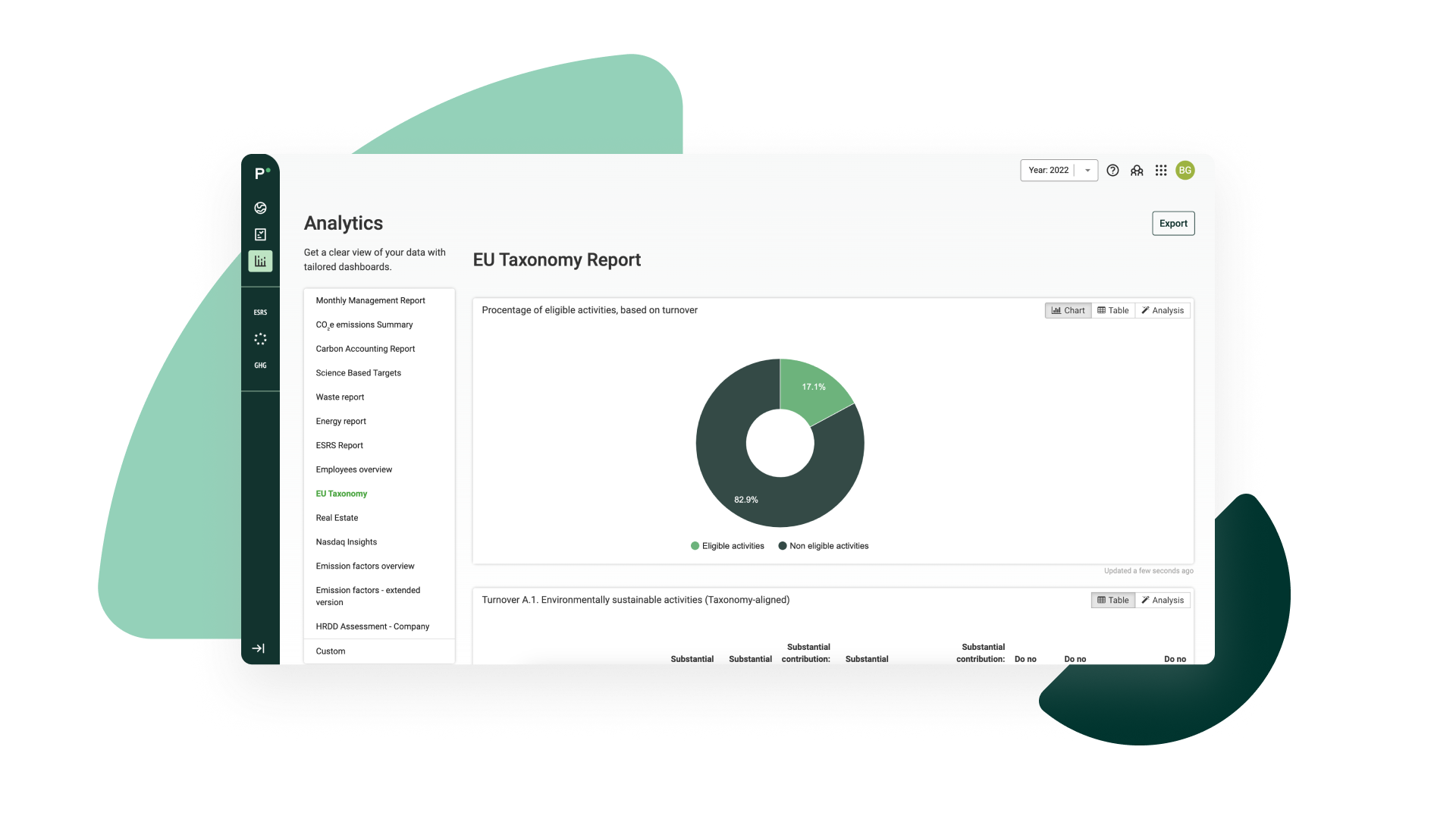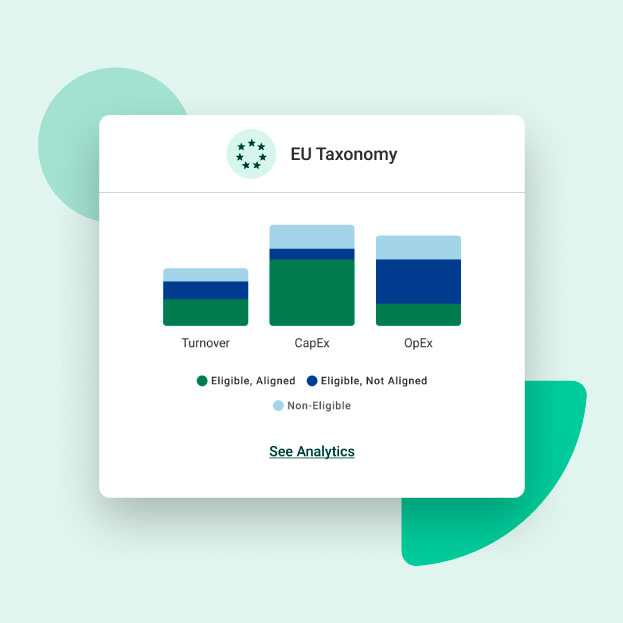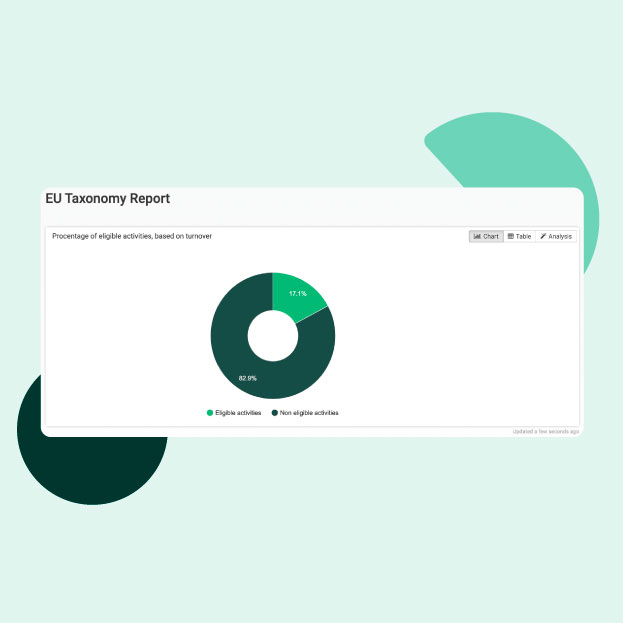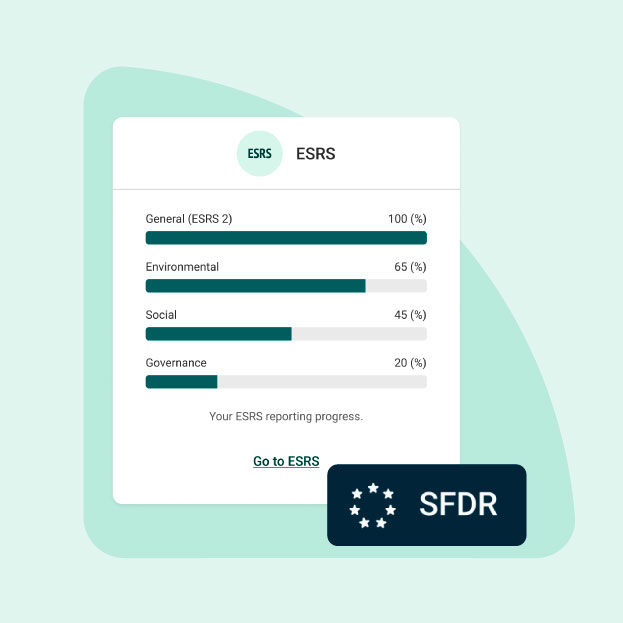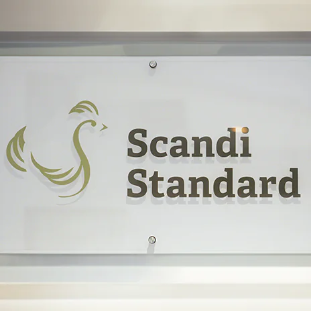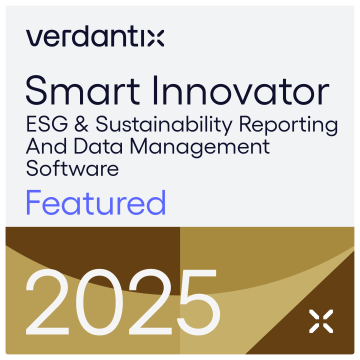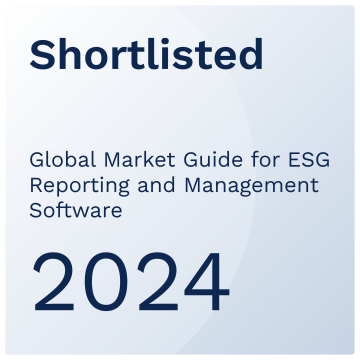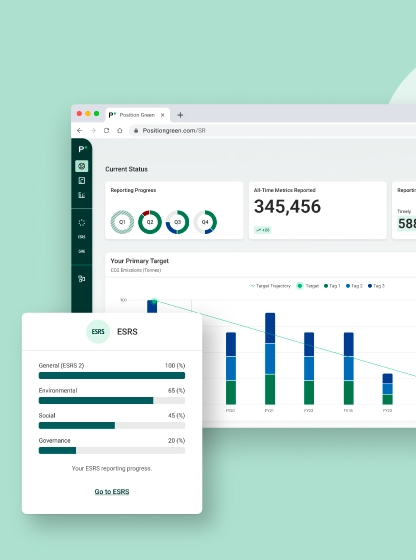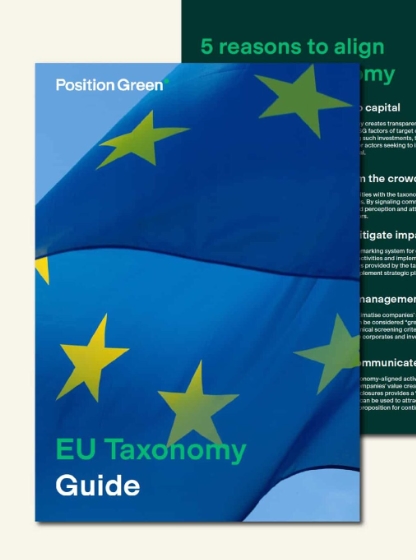The EU Taxonomy is a classification system developed by the European Union (EU) to identify and define economic activities that are considered environmentally sustainable. It was introduced to address the urgent need for a standardised, science-based framework for defining environmentally sustainable economic activities. The taxonomy provides a framework for assessing the degree to which an economic activity contributes to one or more of the EU’s six environmental objectives: climate change mitigation, climate change adaptation, sustainable use and protection of water and marine resources, transition to a circular economy, pollution prevention and control, and protection and restoration of biodiversity and ecosystems.
For a business to be classified as environmentally sustainable according to the taxonomy, it should fundamentally contribute to one or more of the six determined sustainability and environmental objectives, and at the same time not cause significant damage to any of the remaining objectives.
